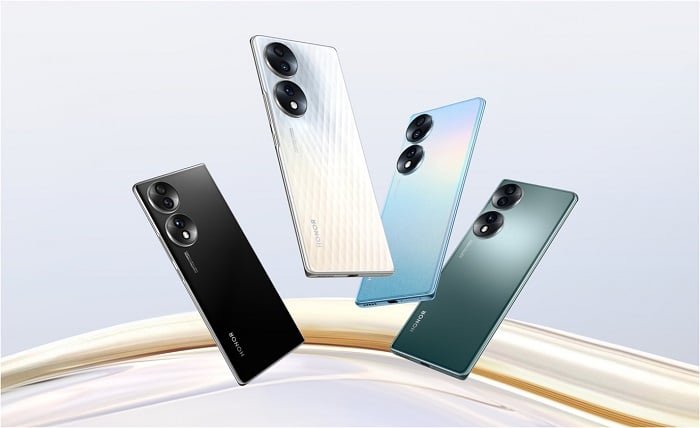Mastering Multitasking: Split-Screen and Floating Apps on Smartphones

Smartphones have become essential tools for productivity, communication, and entertainment. As our reliance on smartphones increases, so does our need for multitasking capabilities to handle multiple tasks efficiently. Split-screen and floating apps have emerged as valuable features that enable users to multitask seamlessly on their smartphones. In this article, we will explore how split-screen and floating apps have revolutionized multitasking and empowered users to make the most of their smartphones.
1. The Rise of Multitasking on Smartphones
As smartphones have become more powerful, users have sought ways to utilize their devices like HONOR 70 for multitasking. The need to switch between apps rapidly for work, communication, and entertainment prompted developers to introduce multitasking features.
2. Split-Screen Multitasking
Split-screen multitasking divides the smartphone screen into two or more sections, allowing users to run multiple apps simultaneously. This feature is particularly useful for tasks that require referencing information from one app while working on another.
3. Productivity Boost
Split-screen multitasking enhances productivity by reducing the time spent switching between apps. Users can respond to emails while referencing documents, take notes during video calls, or browse the web while composing messages.
4. Improved Collaboration
For collaborative tasks, split-screen multitasking enables users to share information from one app to another without exiting the original context. This fosters better collaboration and efficiency in teamwork.
5. Split-Screen Customization
Modern smartphones offer customizable split-screen settings, allowing users to adjust the size of each app’s window according to their preferences. This flexibility ensures a comfortable multitasking experience.
6. Floating Apps: Taking Multitasking to the Next Level
Floating apps take multitasking a step further by allowing certain apps to run in floating windows on top of other applications. These resizable and movable windows provide quick access to specific features without leaving the current app.
7. Floating Video Players
One popular use of floating apps is for floating video players. Users can watch videos in a small, movable window while using other apps simultaneously, making it ideal for multitasking while enjoying entertainment.
8. Note-Taking and Calculators
Floating note-taking and calculator apps are handy tools for quick access during tasks that require frequent jotting down of ideas or calculations.

9. Efficient Copy-Pasting and Translations
Floating clipboard managers enable users to copy multiple items and access them in a floating window, facilitating efficient copy-pasting between apps. Additionally, floating translation apps can provide quick translations without interrupting the current workflow.
10. Enhancing User Experience
Floating apps provide a seamless and uninterrupted user experience, ensuring that essential tasks are always accessible at a moment’s notice.
Conclusion
The introduction of split-screen and floating apps on smartphones has transformed the way users multitask, significantly enhancing productivity and user experience. Split-screen multitasking empowers users to handle multiple apps simultaneously, improving efficiency and collaboration in various tasks.
As smartphones continue to evolve, multitasking features are likely to become more sophisticated, offering users even more ways to manage their tasks efficiently. By mastering multitasking through split-screen and floating apps, users can make the most of their smartphones, optimizing their productivity and enjoying a seamless and uninterrupted experience.




